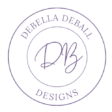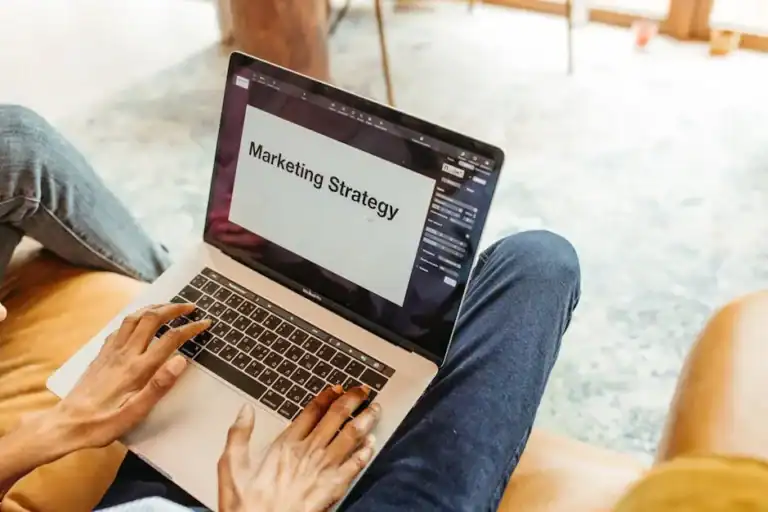Landing Page Optimization; 5 Simple Tweaks to Boost Lead Conversions

In the competitive world of online marketing, optimizing your landing page is key to maximizing lead generation and filling your calendar with clients. Here, we explore five simple yet effective tweaks that can significantly boost your lead conversions and enhance your digital strategy.
Understanding the Role of a Landing Page in Lead Generation
A landing page serves as the first point of interaction between your business and potential clients. It is essential to grasp how a strategically designed landing page can enhance lead generation and convert visitors into clients effectively. Often overlooked, the landing page is a foundational pillar in your digital marketing strategy. It’s where first impressions are formed and where the visitor decides whether to trust you with their information or not. As such, emphasizing its optimization is crucial for maximizing lead potential.
Far from just an entry page, a landing page should convey your value proposition immediately. In today’s fast-paced digital environment, users quickly decide whether they’ll stay or leave. The average visitor spends less than 15 seconds on a webpage, so every element of the landing page—from headline to visuals—must work coherently together to capture interest instantly. This workflow is vital to ensure that you are not leaving potential leads on the table.
Enhance Your Headline for Maximum Impact
Your headline is critical in capturing attention and conveying the value of your offering. Learn how crafting a compelling, clear headline can significantly impact visitor engagement and conversion rates. The headline needs to be specific and concise, providing a promise of the value the visitor will receive by engaging with your business. Consider effective tips, such as using numbers, addressing the reader directly, and incorporating power words that evoke emotions and actions.
Many marketers have found success with headlines that highlight a unique selling point or address a pressing problem that their target audience faces. A headline that confronts a pain point and offers a solution can increase engagement dramatically. For example, “Transform Your Morning Routine with Our Customized Plan” already suggests a benefit-driven promise, encouraging readers to explore further. According to industry insights, a headline’s efficacy can often be measured by incorporating certain linguistic elements that attract attention and interest.
Optimize Your Call-to-Action for Better Response
A powerful call-to-action (CTA) is essential in guiding your visitors towards conversion. Discover how strategically placed and well-worded CTAs can increase click-through rates and ultimately lead conversions. The art of crafting CTAs lies in testing various prompts to determine which phrase or placement results in the highest response rate. Phrases such as “Sign Me Up,” “Get Started Today,” or “Claim Your Free Trial Now” can signpost immediacy and action, motivating visitors to take the next step.
Moreover, the color, size, and placement of your CTAs play significant roles in their effectiveness. For instance, larger buttons in contrasting colors tend to catch the visitor’s attention more effectively, while strategically placing CTAs in visible areas ensures they are easy to locate. Ensuring your CTA stands out visually from the rest of your content is paramount in enhancing the user’s journey.
It’s also beneficial to employ dynamic CTAs that adapt based on user behavior or the context of their visit. For instance, a returning visitor might be presented with a different CTA that suggests they proceed further in their buying journey compared to a first-time visitor who might benefit from more informational content first. This customized engagement can lead to higher conversion rates by providing a tailored experience.
Simplify Your Design for Clarity and Focus
An overcrowded landing page can distract and overwhelm visitors. Learn how a clean, simple design can enhance user experience and keep visitors focused on your primary conversion goal. Clarity in design allows for easier navigation and sharper focus on the core message, reducing the cognitive load on visitors. This involves prudent use of whitespace, cohesive color schemes, and easily readable typography.
Implementing a minimalist design approach can also foster a sense of professionalism and trust. By maintaining a tidy interface, you’re subtly conveying that your business is organized and focused. More importantly, an uncluttered design facilitates a seamless path for users to follow, directing their attention squarely toward your unique selling propositions and next steps for engagement.
Do not underestimate the power of an intuitive design that aligns with user expectations. A well-laid-out page can significantly enhance user satisfaction and retain attention, ultimately leading to increased conversion rates as visitors find it easier to move from inquiry to decision.
Utilize Social Proof to Build Trust
Social proof, such as testimonials and reviews, can significantly boost credibility. Explore ways to effectively incorporate social proof to build trust with potential clients and enhance lead conversions. Introducing elements like customer testimonials, client logos, and case studies can establish credibility and reassure uncertain visitors of your product’s value and efficacy.
Incorporating visual elements such as photos of actual clients or videos of user experiences can make the testimonials more relatable and trustworthy. Displaying real-time statistics of user engagement or satisfaction ratings also injects a sense of community and participation, proving that others have benefitted from your offering. Consider leveraging famous industry endorsements or influencer partnerships to add another layer of authenticity and wider acceptance among potential leads.
Implement A/B Testing for Continuous Improvement
A/B testing allows you to experiment with different elements of your landing page to identify what works best. Understand the importance of continuous testing and optimization for achieving superior lead conversion rates. This iterative approach involves running parallel versions of your landing page with slight variations to see which performs better in terms of user interactions.
Focus on testing elements such as headlines, CTAs, images, and even color schemes, as slight adjustments in these areas can have a considerable impact on user behavior. A/B testing not only helps in optimizing current operations but also provides valuable insights for future projects. Successful tests should be documented for a deeper understanding of what resonates with your target audience, which can significantly contribute to your overall marketing strategy.
Transform Your Landing Page for Superior Lead Generation
By implementing these simple tweaks, your landing page can become a powerful tool for lead generation. Each adjustment strengthens your ability to engage effectively with potential clients, thereby filling your calendar with promising opportunities. Remember, small changes can lead to significant impacts.






